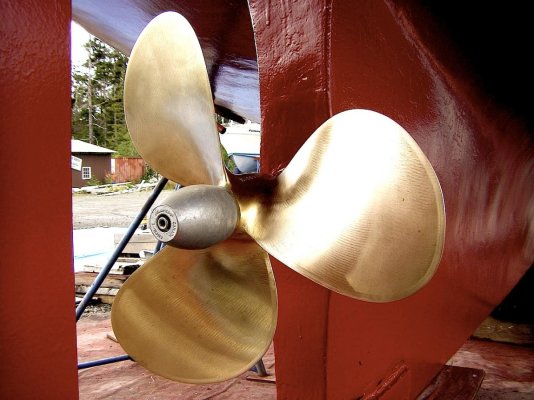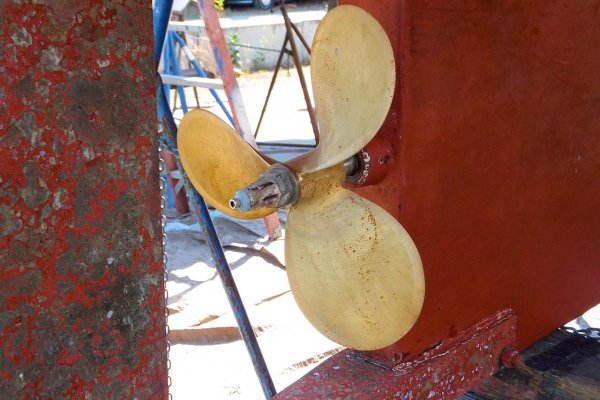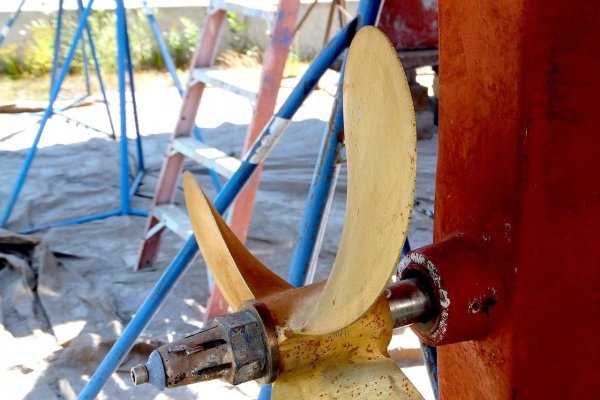Tom.B
Moderator Emeritus
- Joined
- Jul 30, 2009
- Messages
- 5,839
- Location
- USA
- Vessel Name
- Skinny Dippin'
- Vessel Make
- Navigator 4200 Classic
My major winter project this year is to tune up the running gear. We spend the summer with a warped shaft and it is time to change it. We plan to completely replace it and get the prop tuned (that's a discussion for another thread).
I have two general questions---
Is there a cutlass bearing or is it just a shaft bearing? Moreover, where is it and what do I need to know about changing it?
Should I spec the shaft a little bit longer to leave room for a shaft zinc? Would that replace the carbon brush or will I still need that?
Below is a picture of the current exit hardware of the shaft. Any advice would be awesome! (and yes, I know that was four questions and not 2) :lol:
Thanks team.

I have two general questions---
Is there a cutlass bearing or is it just a shaft bearing? Moreover, where is it and what do I need to know about changing it?
Should I spec the shaft a little bit longer to leave room for a shaft zinc? Would that replace the carbon brush or will I still need that?
Below is a picture of the current exit hardware of the shaft. Any advice would be awesome! (and yes, I know that was four questions and not 2) :lol:
Thanks team.




